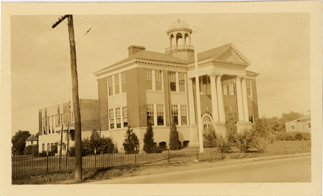 Starting in 1902, residents of the Fort Myer Heights area clamored for a school to serve their area. The School Board seemed to agree, but the project itself never seemed to get going. There were serious problems with the construction of other schools in the Arlington area (at that point part of Alexandria County), and the board did not want another headache. Eventually, what was originally known as the “Clarendon” school and then Fort Myer School was built on Wilson Boulevard in 1910, approximately where the first tee of the original Washington Golf & Country Club golf course was placed.
Starting in 1902, residents of the Fort Myer Heights area clamored for a school to serve their area. The School Board seemed to agree, but the project itself never seemed to get going. There were serious problems with the construction of other schools in the Arlington area (at that point part of Alexandria County), and the board did not want another headache. Eventually, what was originally known as the “Clarendon” school and then Fort Myer School was built on Wilson Boulevard in 1910, approximately where the first tee of the original Washington Golf & Country Club golf course was placed.In 1926, school administrators sent letters to Woodrow Wilson’s widow, Edith, informing her of the school’s name change to Woodrow Wilson School, in honor of the late president. These letters, a photograph of the school’s construction, and two photographs of the first classes at the school are in the Community Archives’ collection on the public schools. The photograph above, taken in 1932 for a fire insurance survey, shows the 1926 addition and can be found in the County Manager’s Library Collection.
Wilson School became empty with the construction of Francis Scott Key School in 1968. It now houses the Mongolian School, a cultural education center for the Mongolian community in Arlington (one of the largest in the nation), and holds community events. There is hope that the Wilson School can become an organized arts center for the entire community.
What About You?
Did you go to Wilson or used the building for other events? Let us know what you remember!
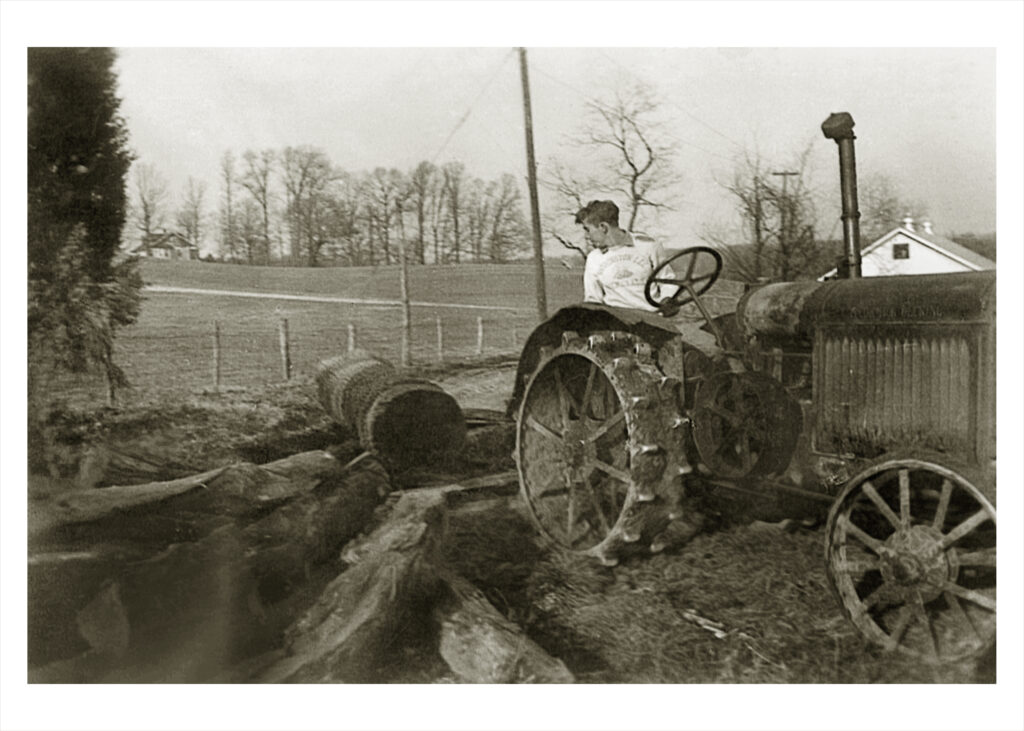
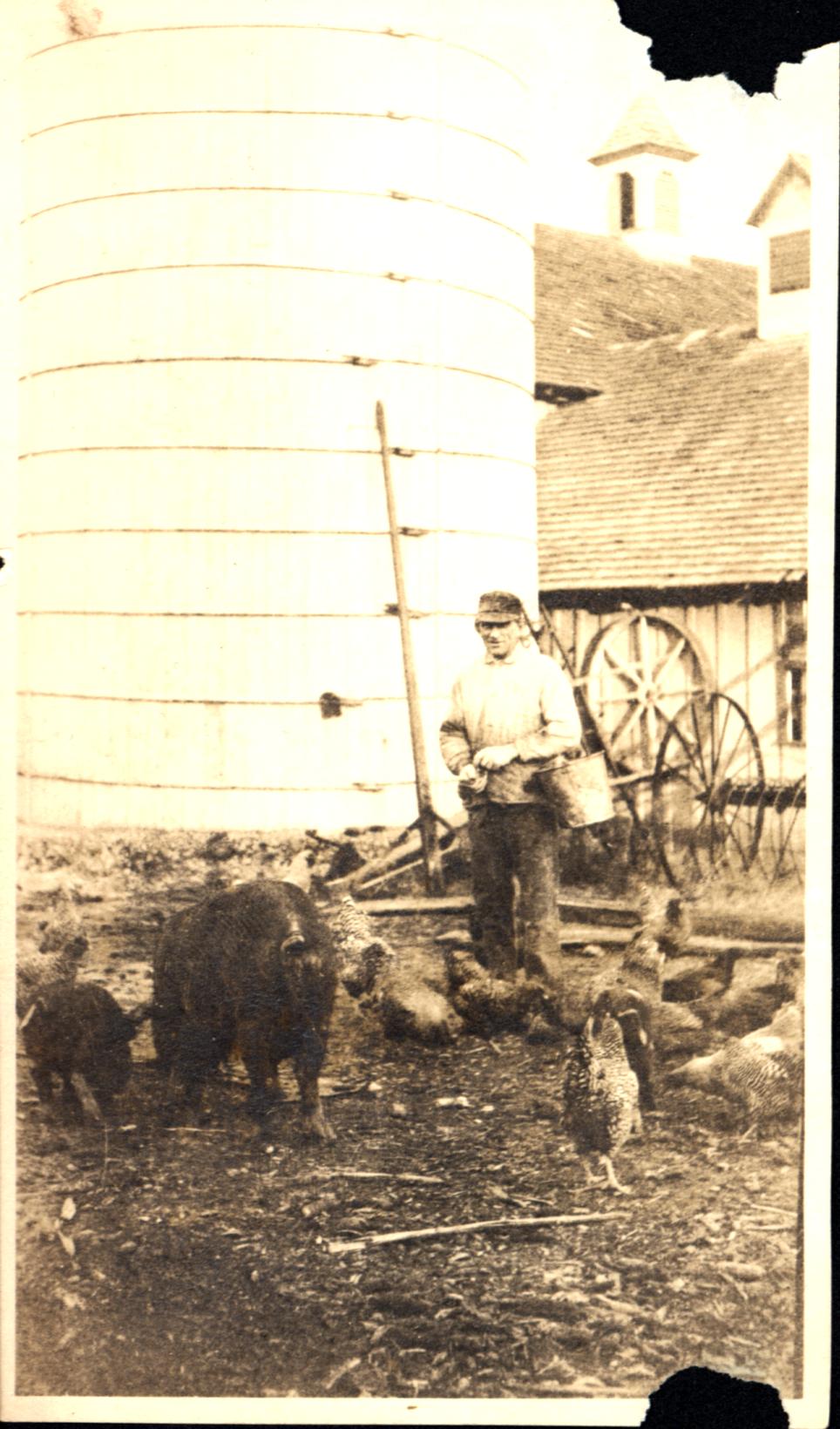
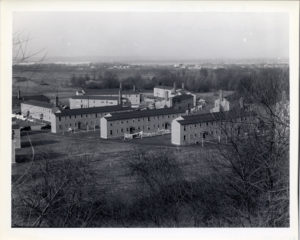
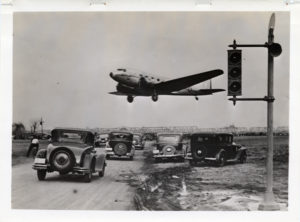
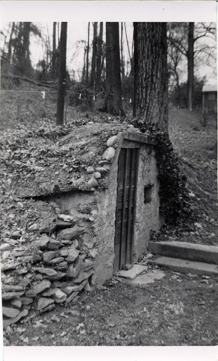
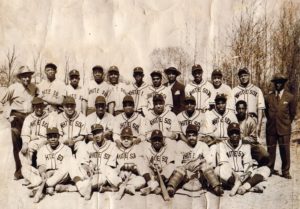
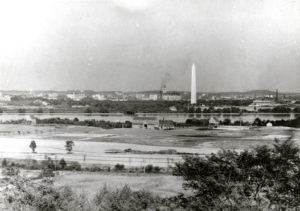
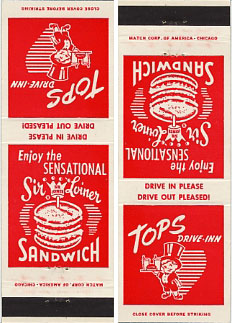
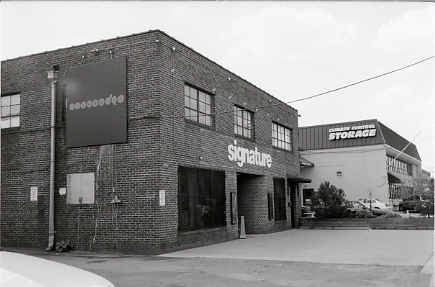
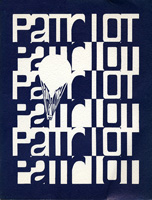 February marks the 45th anniversary of
February marks the 45th anniversary of